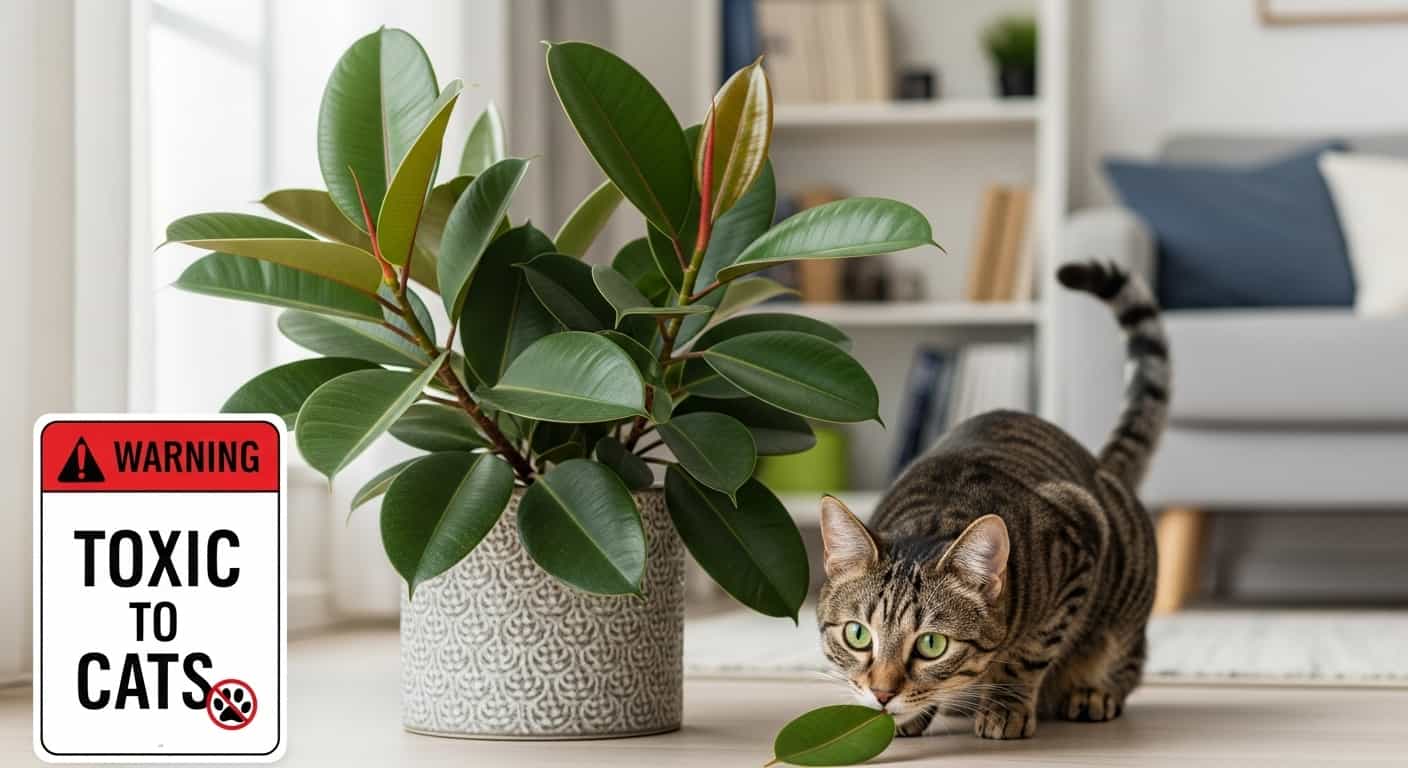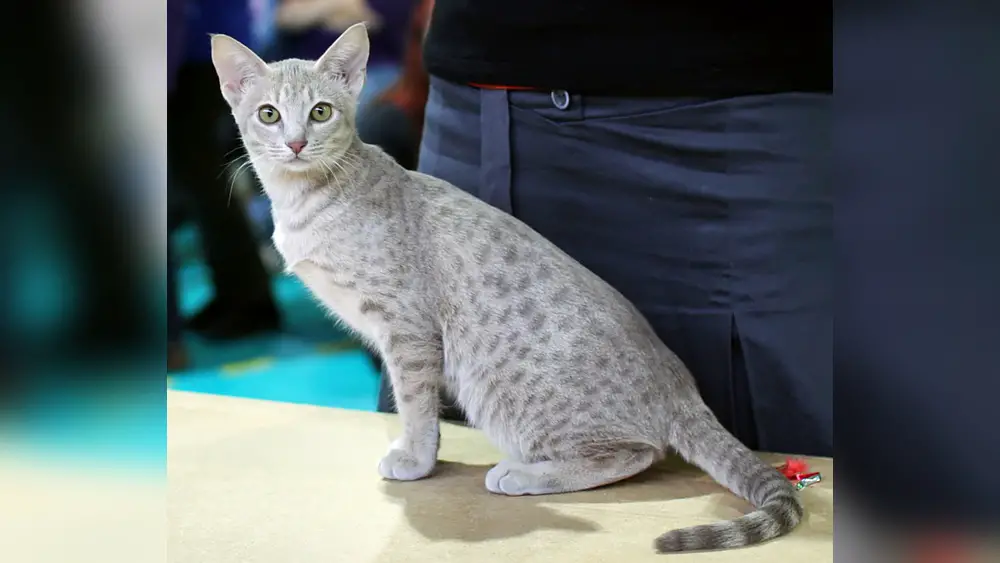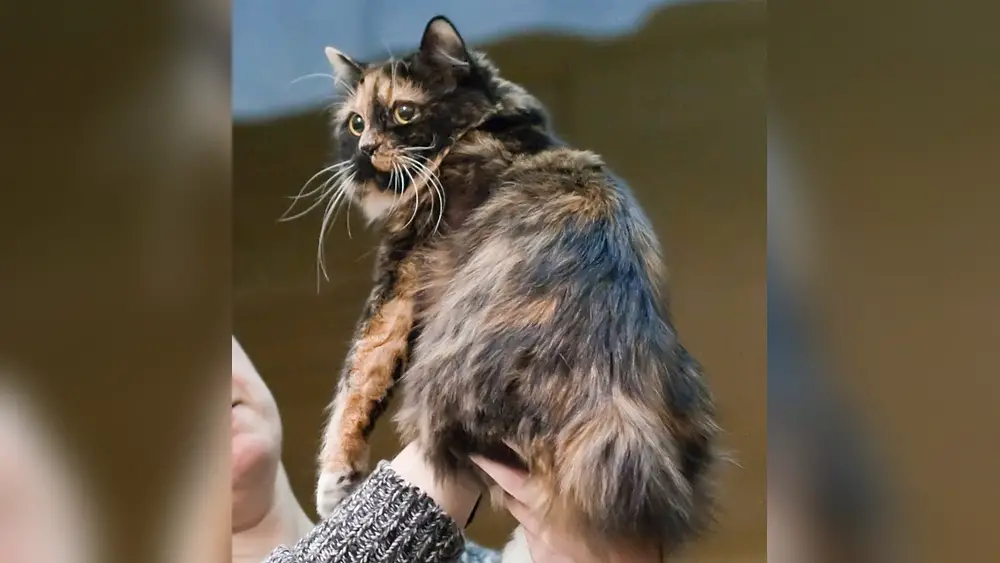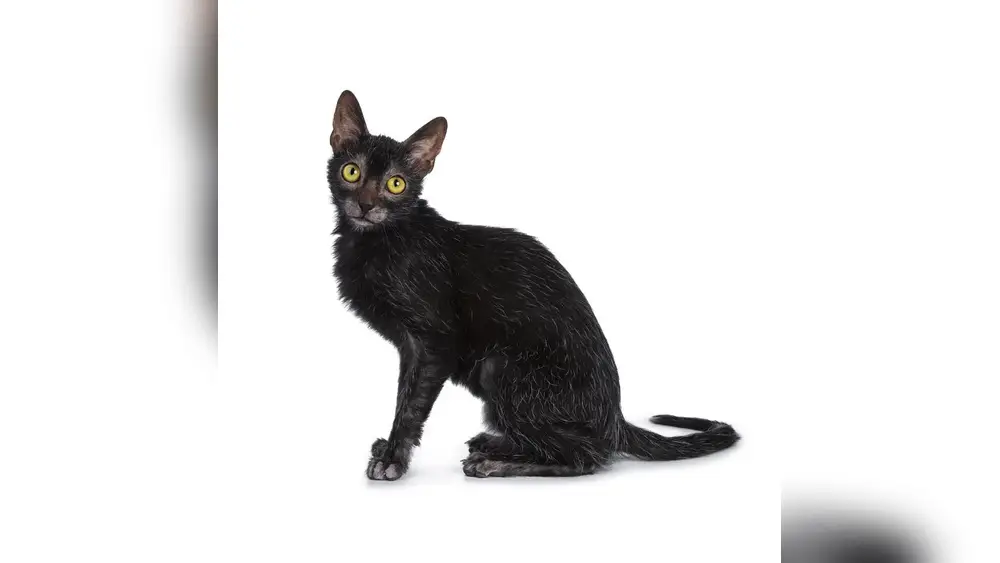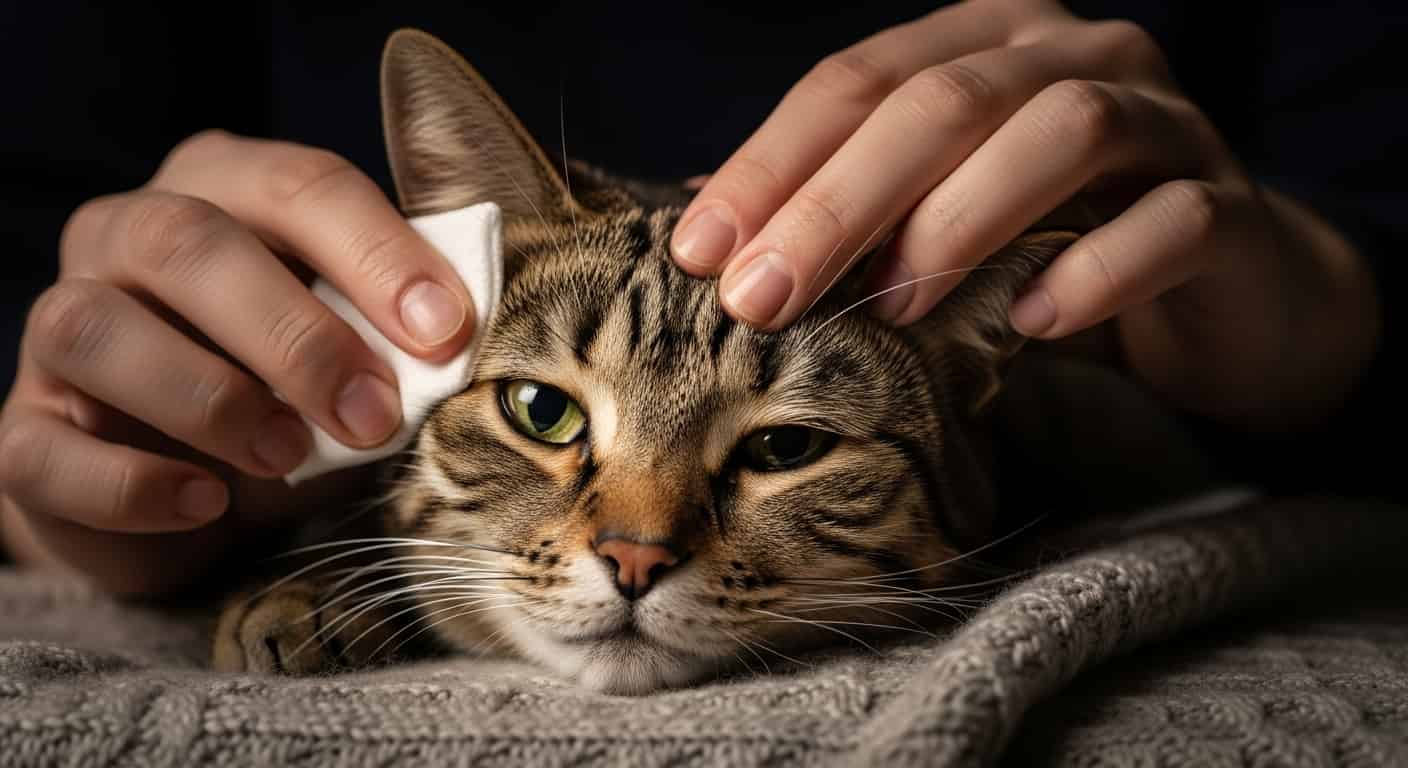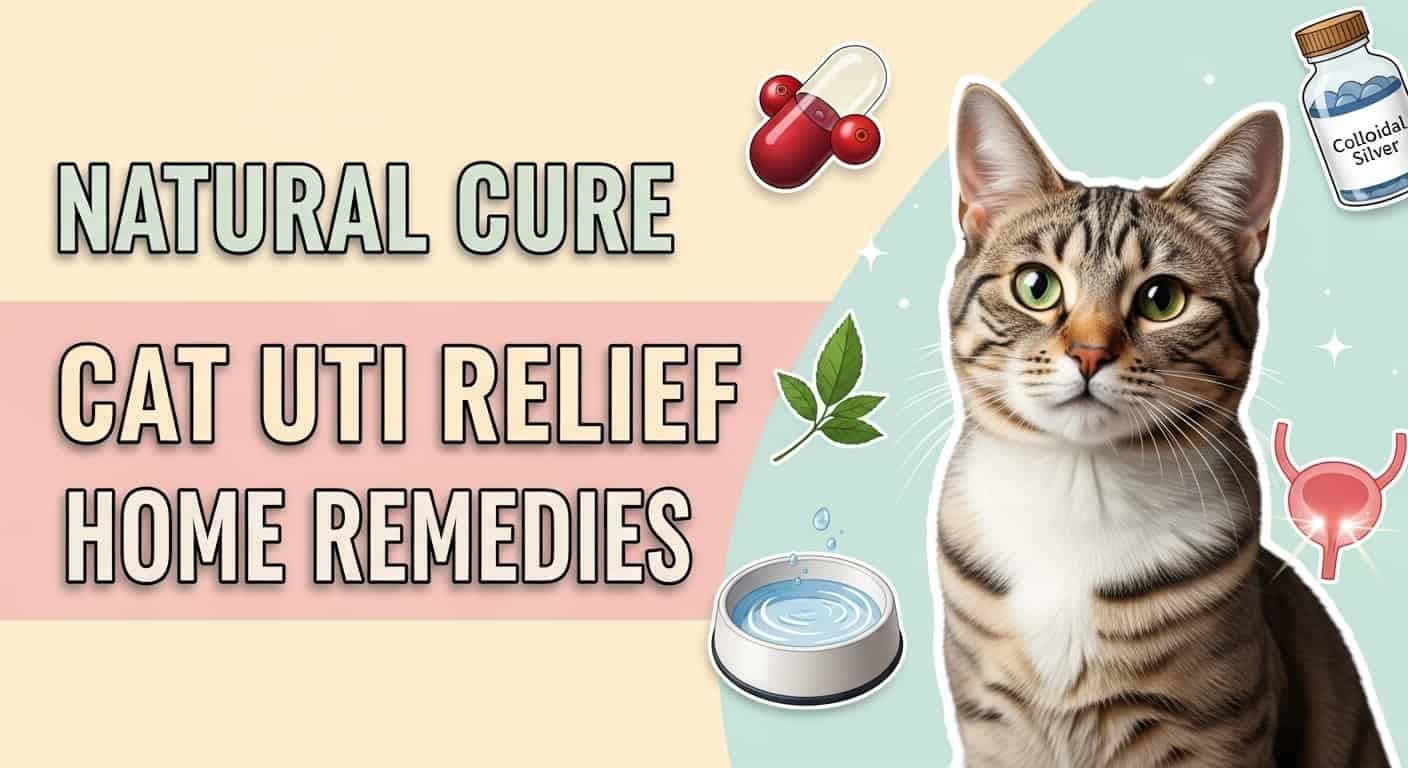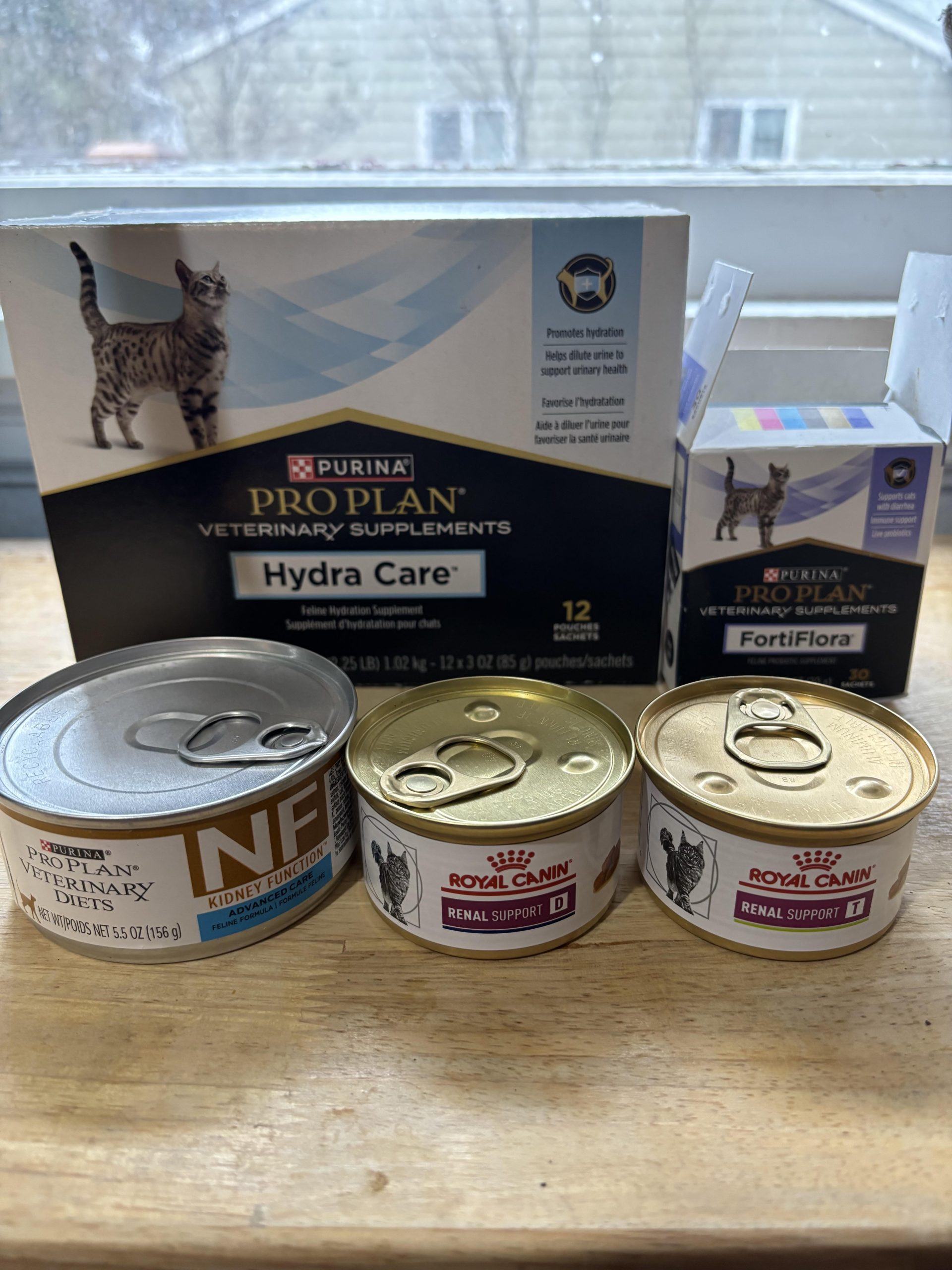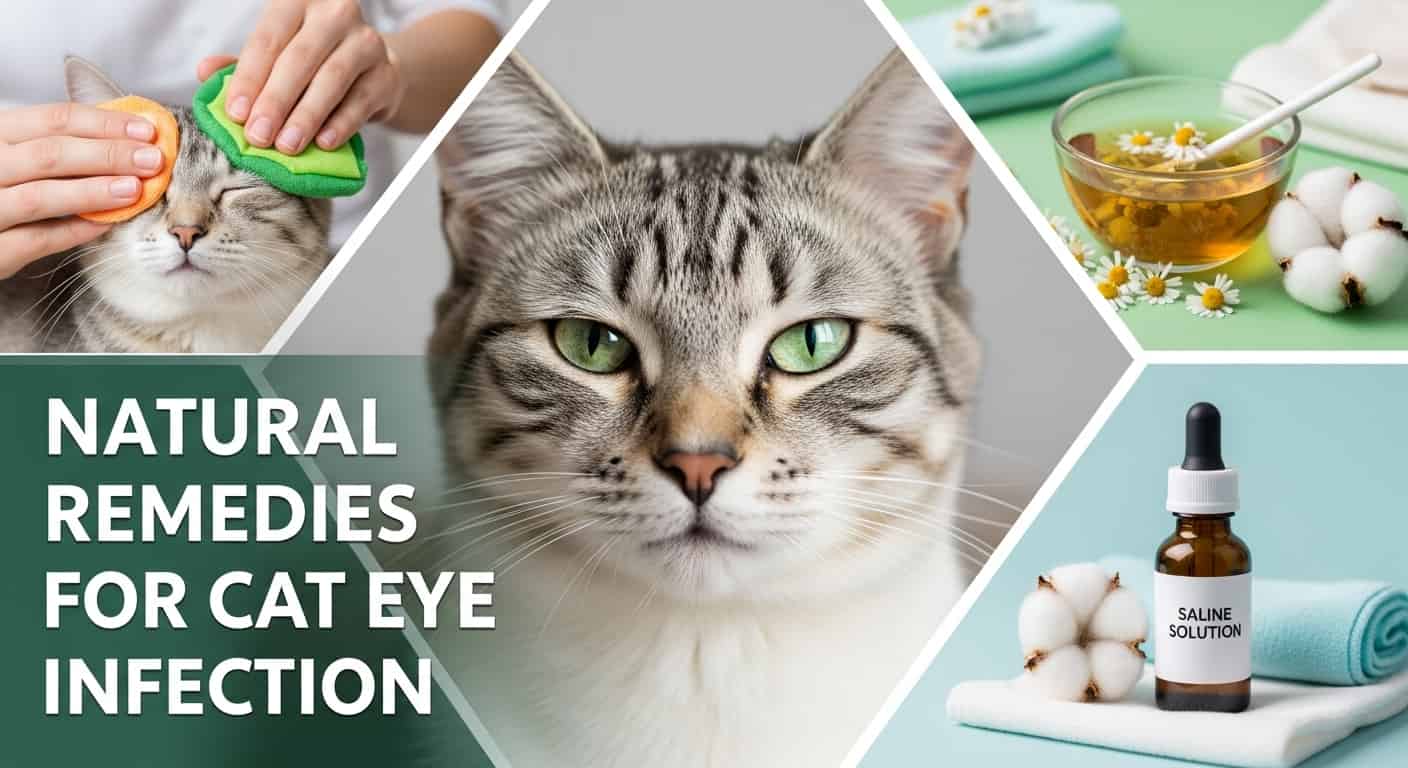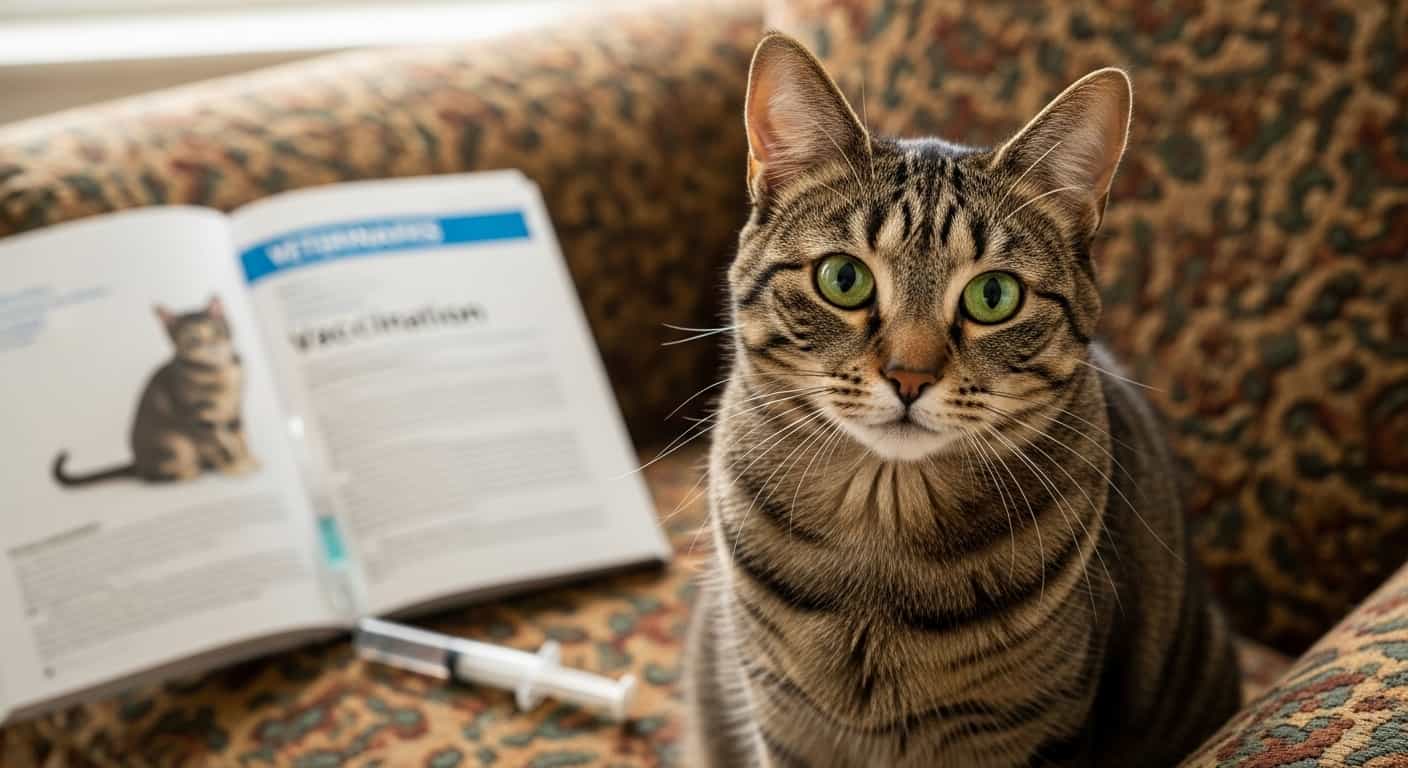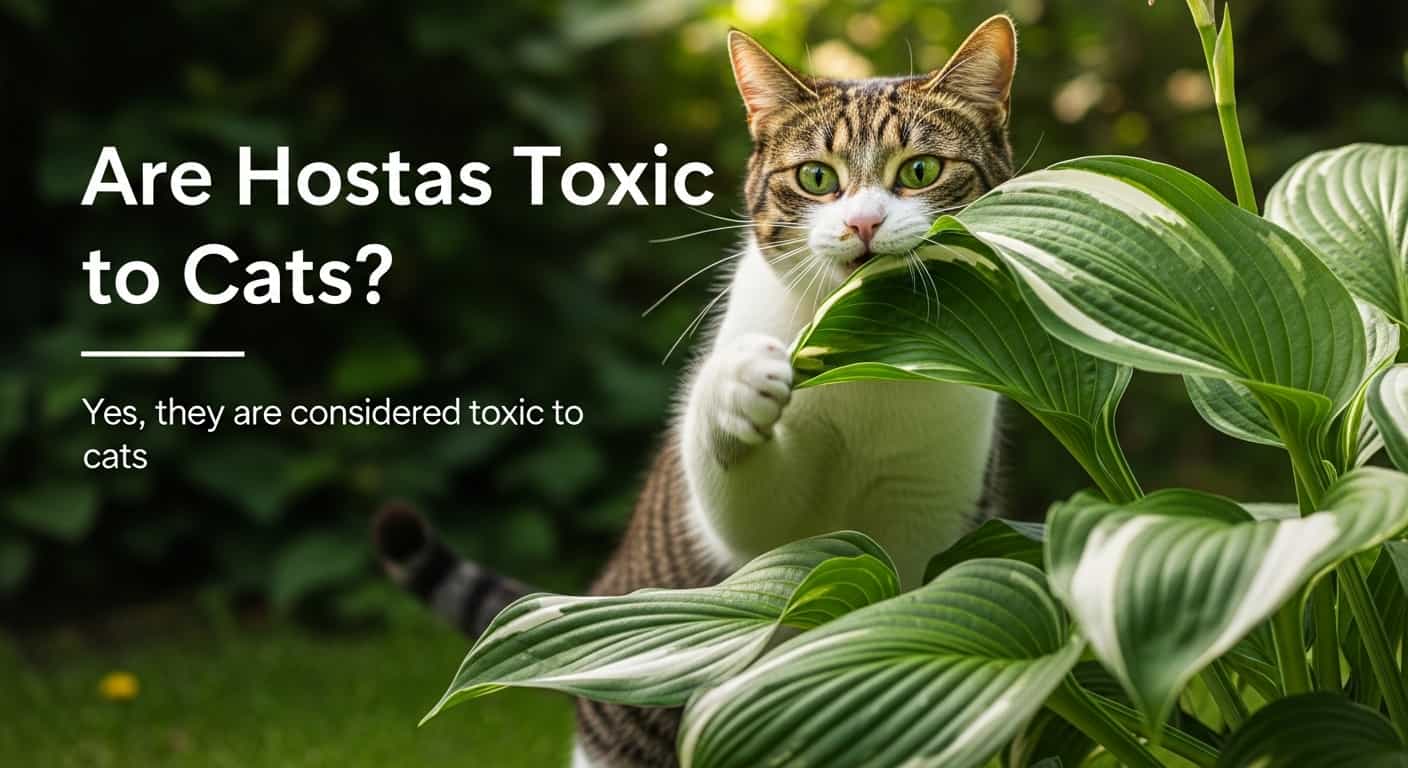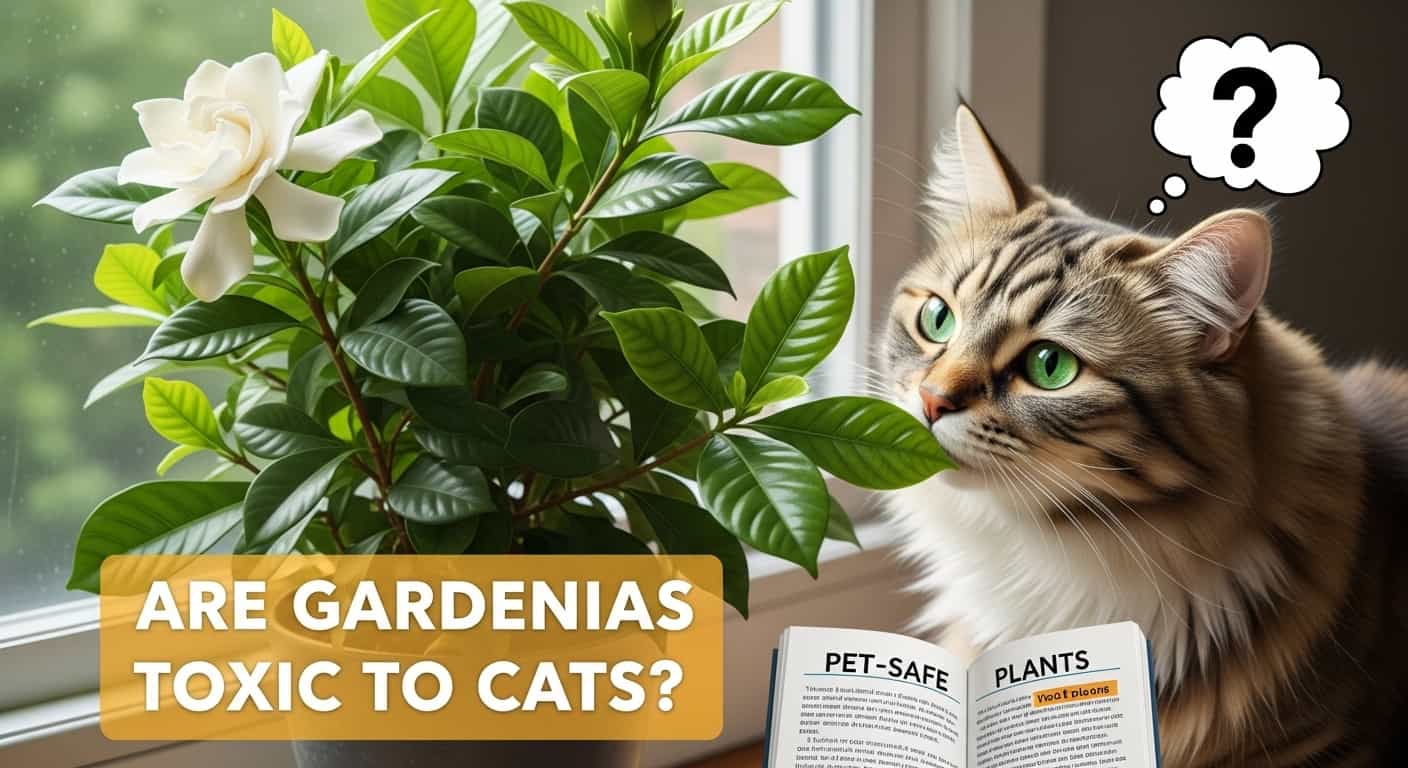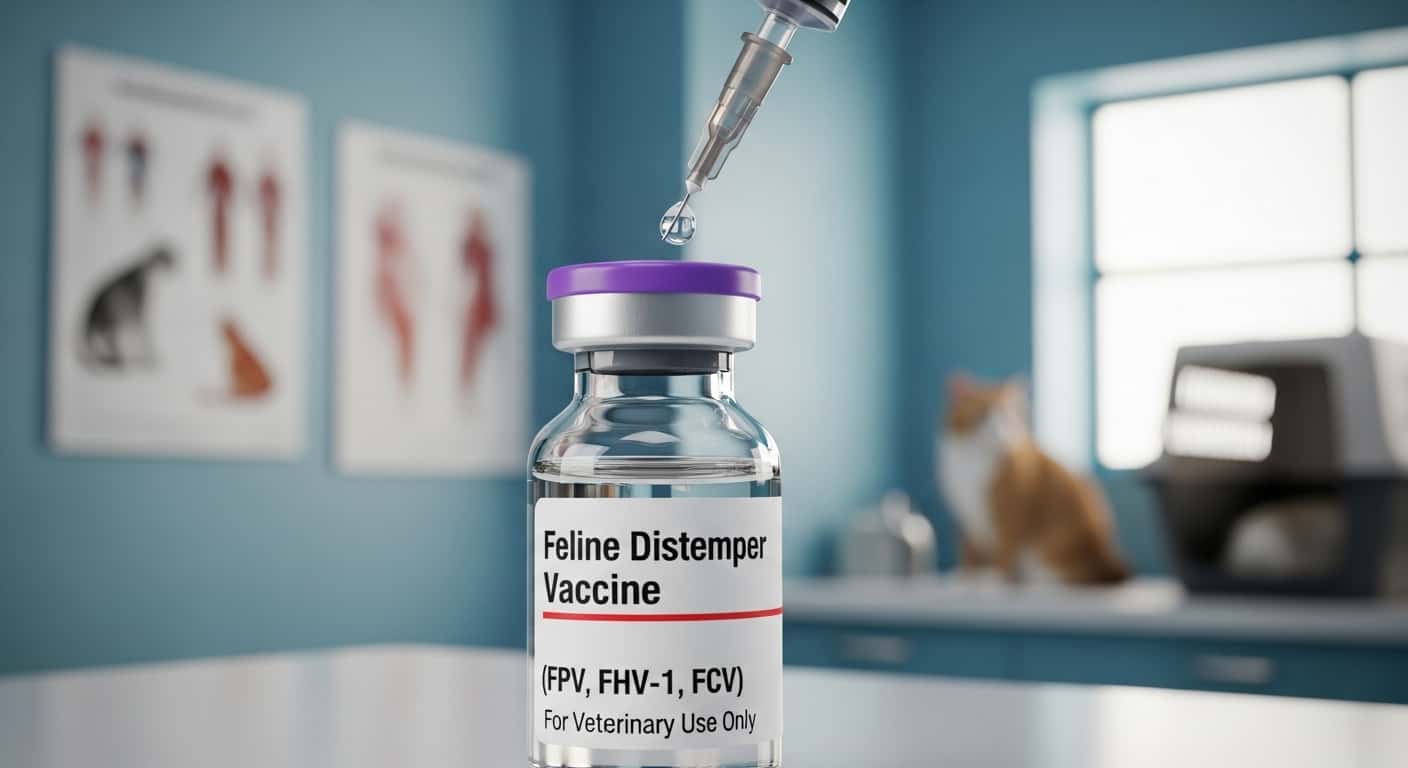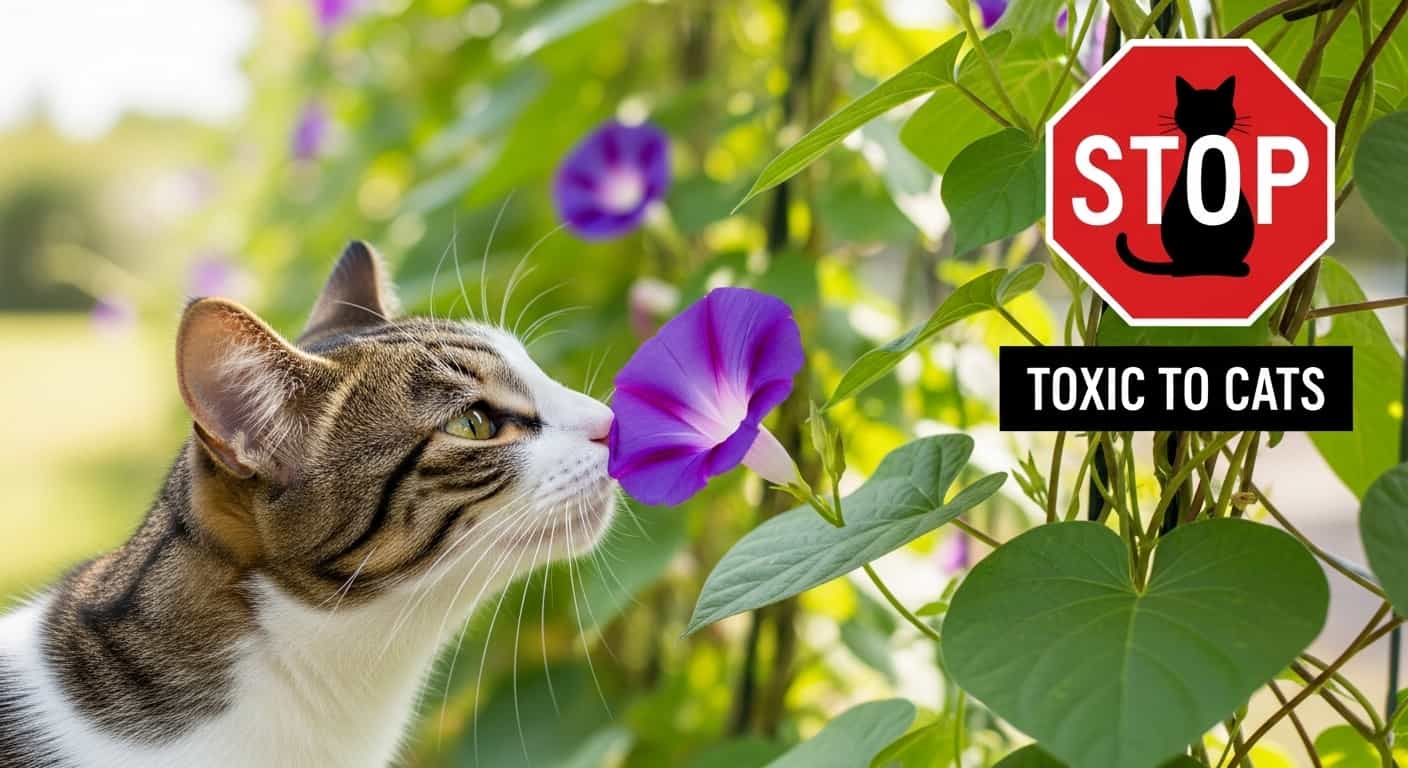Imagine coming home to find your curious cat nibbling on the leaves of your rubber plant. You might wonder, is this safe?
Table of Contents
ToggleAs a pet owner, your cat’s health is a top priority, and knowing which plants are safe around them is crucial. Rubber plants, popular for their lush, green foliage, often find a place in many homes. But are they toxic to cats?
This question can be the difference between a peaceful home and an emergency vet visit. You want to ensure that every plant in your home is safe for your feline friend. We’ll explore the risks and safety measures you need to know about rubber plants, helping you create a cat-friendly environment. Read on to discover how you can keep your beloved pet safe while enjoying the greenery you love.
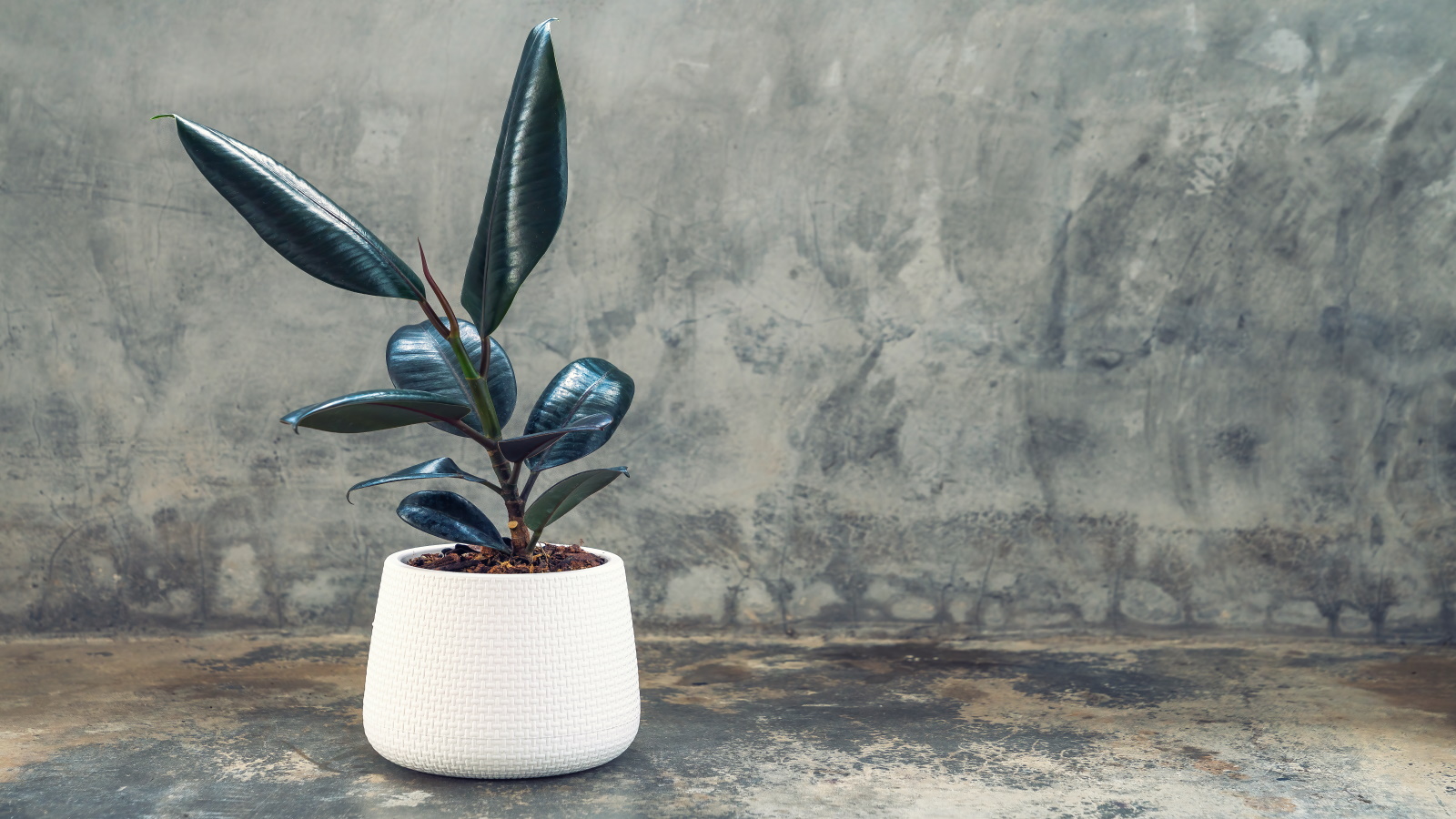
Credit: www.homesandgardens.com
Rubber Plant Overview
Rubber plants, popular for their lush leaves, can pose risks to cats if ingested. Their sap contains compounds that may lead to digestive upset or irritation for feline friends. Keep these plants out of your cat’s reach to ensure safety.
Rubber plants are popular indoor plants known for their glossy leaves and easy maintenance. But if you have a feline friend, you might wonder about their safety. Are rubber plants toxic to cats? Understanding this is essential to ensure your pet’s well-being. In this section, we’ll cover an overview of the rubber plant, shedding light on this beautiful greenery and its implications for your cat.What Is A Rubber Plant?
The rubber plant, or Ficus elastica, is a favorite among plant enthusiasts. It’s admired for its ability to thrive in low light and purify indoor air. Its thick, shiny leaves add a touch of elegance to any room. Despite its beauty, a rubber plant poses potential risks to cats. If you’ve ever seen a cat nibbling on a leaf, you know how concerning it can be. Keeping your furry friend safe should be a priority.Here's a related post that you might find useful. Cat Swollen Eye Treatment at Home: Easy Remedies for Quick Relief
Common Varieties Of Rubber Plants
Rubber plants come in several varieties, each with its unique charm. The most common ones include the ‘Tineke,’ with its variegated leaves, and the ‘Burgundy,’ known for deep red foliage. These varieties can easily become the centerpiece of your home decor. However, not all rubber plants are the same when it comes to toxicity. Knowing which type you have can help you assess the risk to your cat. Have you checked the label on your plant?Care And Maintenance
Rubber plants are relatively low-maintenance, making them ideal for busy households. They require indirect sunlight, occasional watering, and a bit of pruning to keep them healthy. If you have one, you’ve likely enjoyed how effortlessly it grows. Yet, with ease of care comes responsibility. Keeping your plant out of your cat’s reach can prevent any accidental munching. Have you considered placing it on a high shelf or in a room your cat doesn’t frequent?Personal Experience With Rubber Plants
When I first got my rubber plant, I was mesmerized by its lush leaves. But as a cat owner, I soon learned about its potential dangers. I took steps to ensure my cat couldn’t access it, providing peace of mind. Have you experienced a similar situation? It’s often surprising how quickly cats can find their way to a new plant. Taking precautions can save you from a stressful vet visit. Ensuring the safety of your cat while enjoying the beauty of a rubber plant is possible. By understanding the plant’s nature and taking simple steps, you can have both a happy pet and a thriving plant. Have you taken the necessary steps to keep your home safe?Toxicity To Cats
Rubber plants, scientifically known as Ficus elastica, are popular houseplants. Their glossy leaves and easy care make them appealing. Yet, rubber plants pose a risk to cats. Understanding their toxicity is crucial for pet safety.
Here's a related post that you might find useful. Natural Cure for Cat Bladder Infection: Effective Remedies That Work
Potential Risks
Rubber plants contain harmful compounds. These compounds can irritate a cat’s mouth and stomach. Cats who nibble on leaves may face health issues. Curiosity often leads cats to chew unfamiliar plants. This habit heightens the risk of exposure. Pet owners must monitor their cat’s interactions with plants.
Symptoms Of Exposure
Affected cats may show signs quickly. Drooling is a common symptom. Vomiting often occurs after ingestion. Cats might refuse food due to discomfort. Mouth irritation is another indicator. Swelling may appear around the mouth. In severe cases, lethargy sets in. Immediate veterinary attention is vital for affected pets.
Safe Interaction
Rubber plants are popular houseplants with glossy leaves. But, they pose a risk to pets. Cats are curious and might nibble on them. This can lead to health issues. Understanding safe interaction with rubber plants is vital for cat owners.
Preventive Measures
Place rubber plants out of reach. High shelves work well. Use hanging planters as an alternative. Train your cat to avoid certain areas. Spray deterrents can help. Monitor your cat’s behavior closely. Remove the plant if issues arise. Check for symptoms like drooling or vomiting. Seek a vet if your cat seems unwell.
Alternative Plant Options
Consider cat-friendly plants for your home. Spider plants are safe and add greenery. Cat grass is another great choice. It satisfies their urge to chew. Bamboo palms are non-toxic and elegant. Boston ferns are safe and easy to care for. Research before buying new plants. Ensure they are safe for cats.
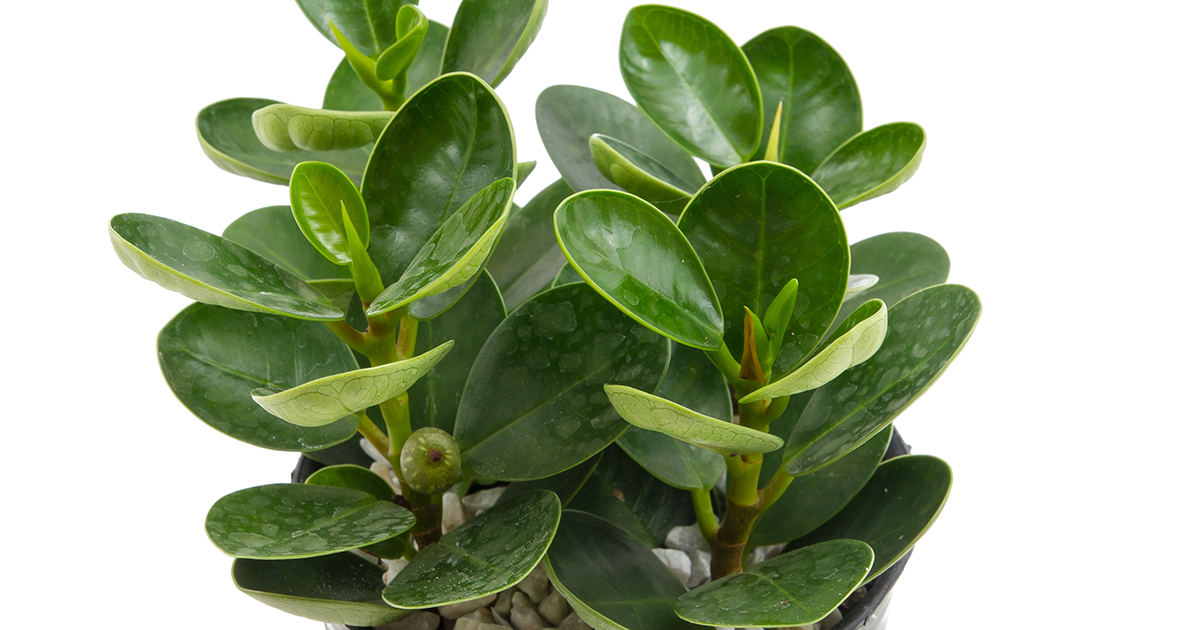
Credit: www.aspca.org
Emergency Steps
Accidental ingestion of rubber plants can pose a threat to cats. If your cat chews on this plant, take immediate action. Quick response can prevent serious health issues. Knowing emergency steps can make a difference.
Immediate Actions
First, remove the plant from your cat’s reach. Check your cat’s mouth for any plant pieces. Rinse their mouth with clean water gently. This helps reduce irritation. Keep your cat calm and comfortable. Observe any symptoms like drooling or vomiting.
Contacting A Veterinarian
Call your veterinarian right away. Explain the situation clearly. Provide details about the plant ingested. Follow their advice carefully. Your vet may suggest bringing the cat in. Professional care ensures your cat’s safety.
Long-term Care
Ensuring the long-term health of your cat involves careful monitoring. Rubber plants can be toxic to cats. It’s essential to provide a safe environment. This reduces the risk of exposure.
Monitoring Health
Observe your cat’s behavior regularly. Look for signs of illness. Symptoms of ingestion include vomiting and diarrhea. Also, look for drooling and lethargy. These can indicate poisoning. Immediate veterinary care is crucial if symptoms appear.
Regular check-ups with a vet are important. They help monitor your cat’s health. Keep a record of any unusual behavior. Share this with your vet. This helps in early diagnosis and treatment.
Reducing Future Risks
Place rubber plants out of reach. Consider hanging them high. Use shelves or hanging pots. This prevents your cat from accessing them. You can also choose non-toxic plants. Options include spider plants and Boston ferns.
Educate family members about plant safety. Ensure everyone knows which plants are toxic. This includes children and visitors. Consistent vigilance keeps your cat safe.
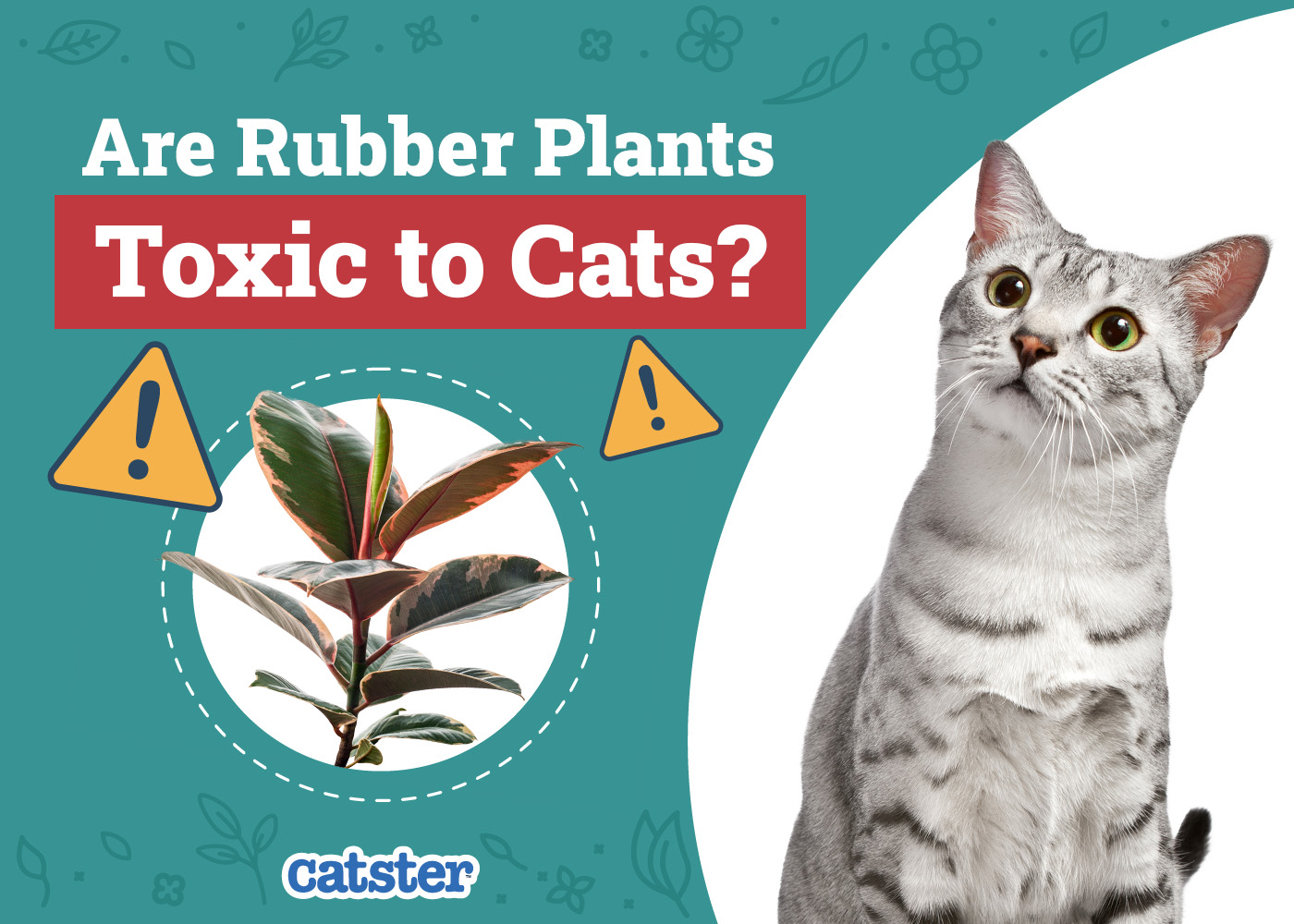
Credit: www.catster.com
Frequently Asked Questions
Are Rubber Plants Harmful To Cats?
Yes, rubber plants can be harmful to cats. They contain compounds that may cause irritation or gastrointestinal issues. If ingested, cats might experience vomiting, diarrhea, or skin irritation. It’s advisable to keep rubber plants out of reach of pets to ensure their safety.
What Symptoms Do Cats Show If Exposed?
Cats exposed to rubber plants may show symptoms like vomiting, diarrhea, and skin irritation. These symptoms are due to the plant’s toxic compounds. If your cat shows any of these signs, consult a veterinarian promptly. Early intervention can prevent more serious health issues.
How Can I Keep My Cat Safe?
To keep your cat safe, place rubber plants in areas inaccessible to them. Use hanging baskets or high shelves to prevent contact. Consider alternative non-toxic plants for indoor decoration. Regularly monitor your cat’s behavior around houseplants to ensure they stay healthy.
Are There Non-toxic Alternatives To Rubber Plants?
Yes, there are non-toxic alternatives to rubber plants. Consider plants like spider plants, Boston ferns, or bamboo palms. These plants are safe for cats and can enhance your home’s aesthetics. Always research plant safety before introducing them to a home with pets.
Conclusion
Rubber plants can pose a risk to cats. Cats may experience mild irritation if they ingest the plant. Symptoms include drooling, vomiting, or skin irritation. Always monitor your cat around houseplants. Consider safer plant alternatives like spider plants or cat grass.
These are non-toxic and cat-friendly. Keep your feline friends safe and healthy at home. Remove or relocate toxic plants to avoid any risks. Consult your vet if you suspect plant poisoning. A little care can protect your beloved pets. Always prioritize their safety in your home environment.

